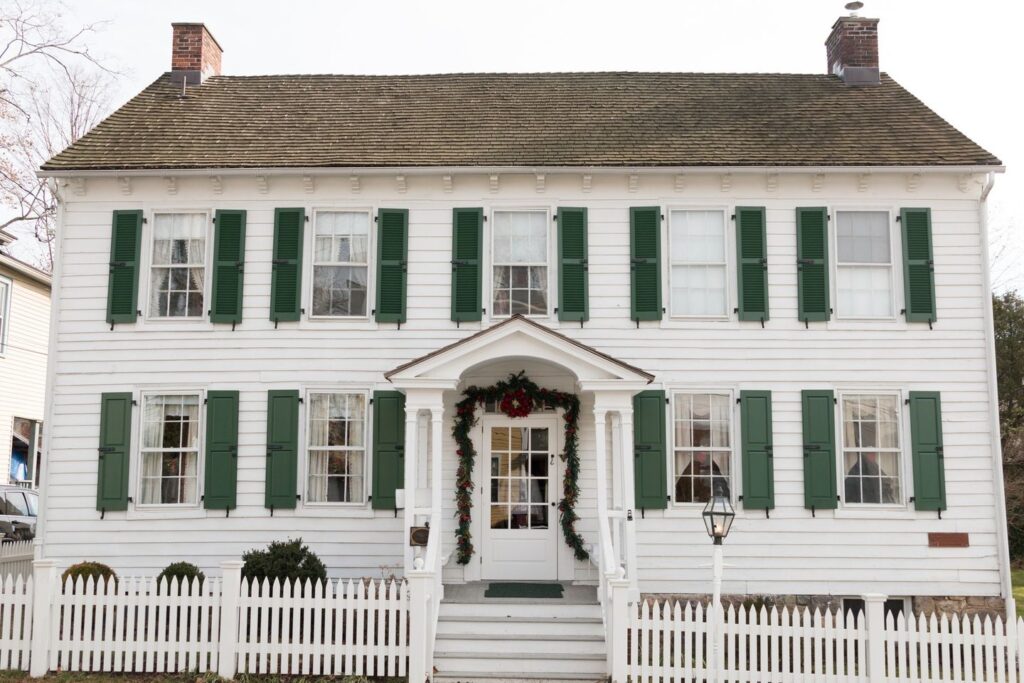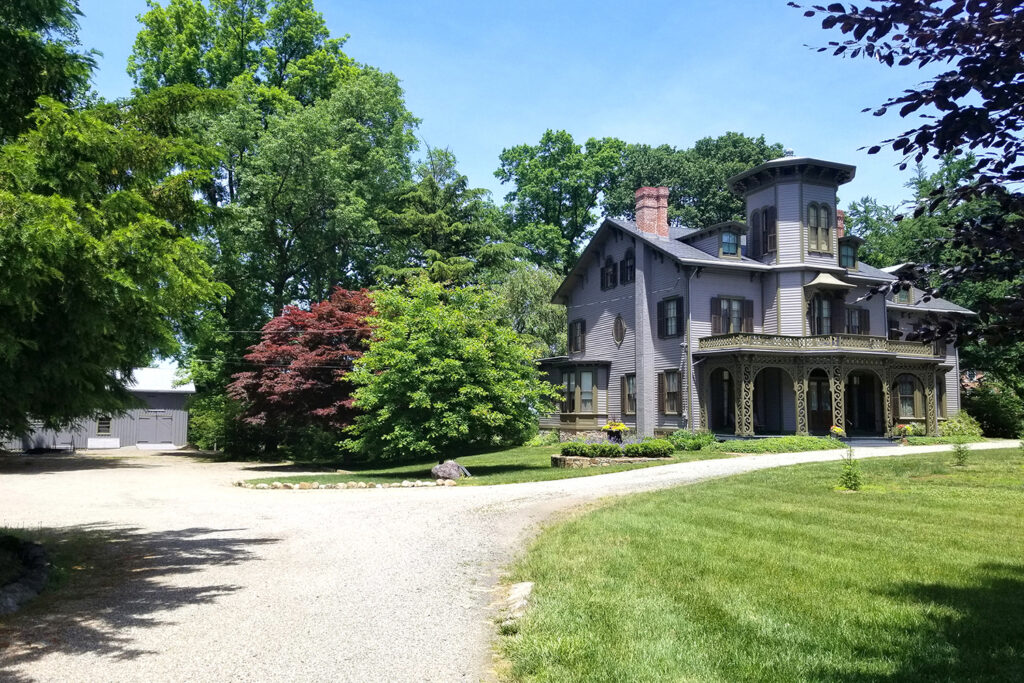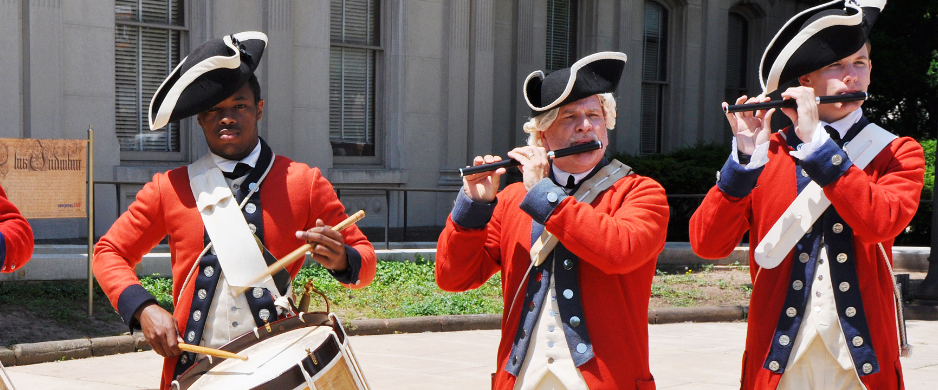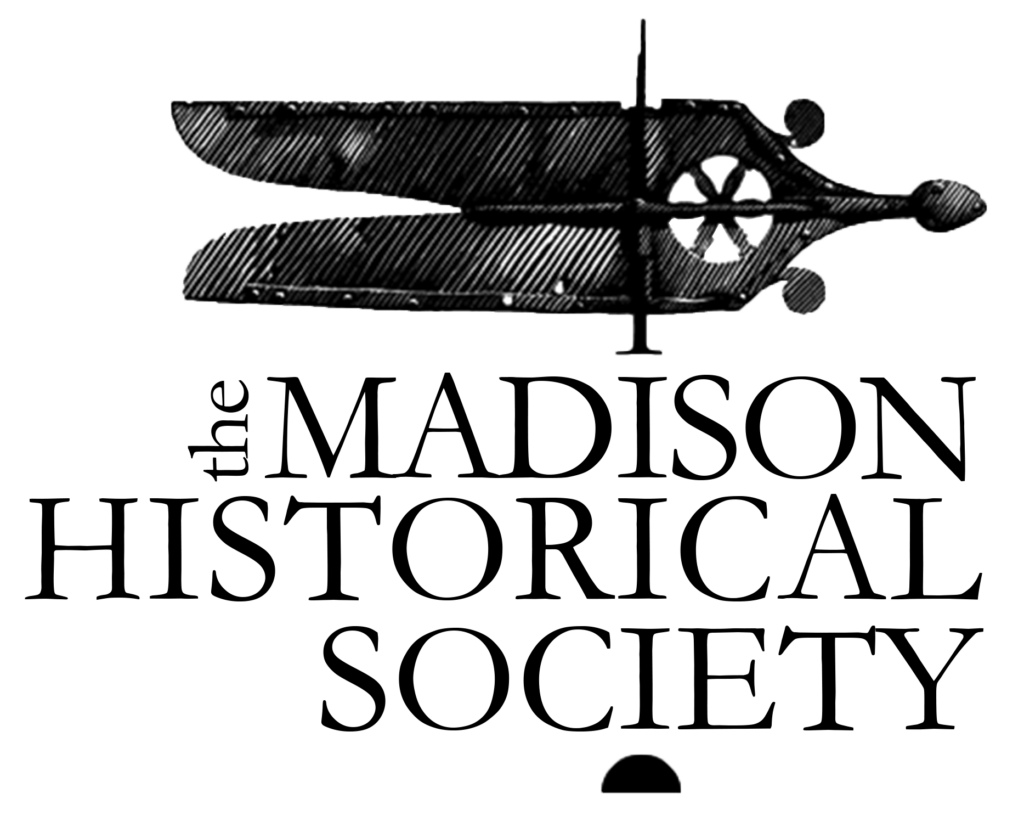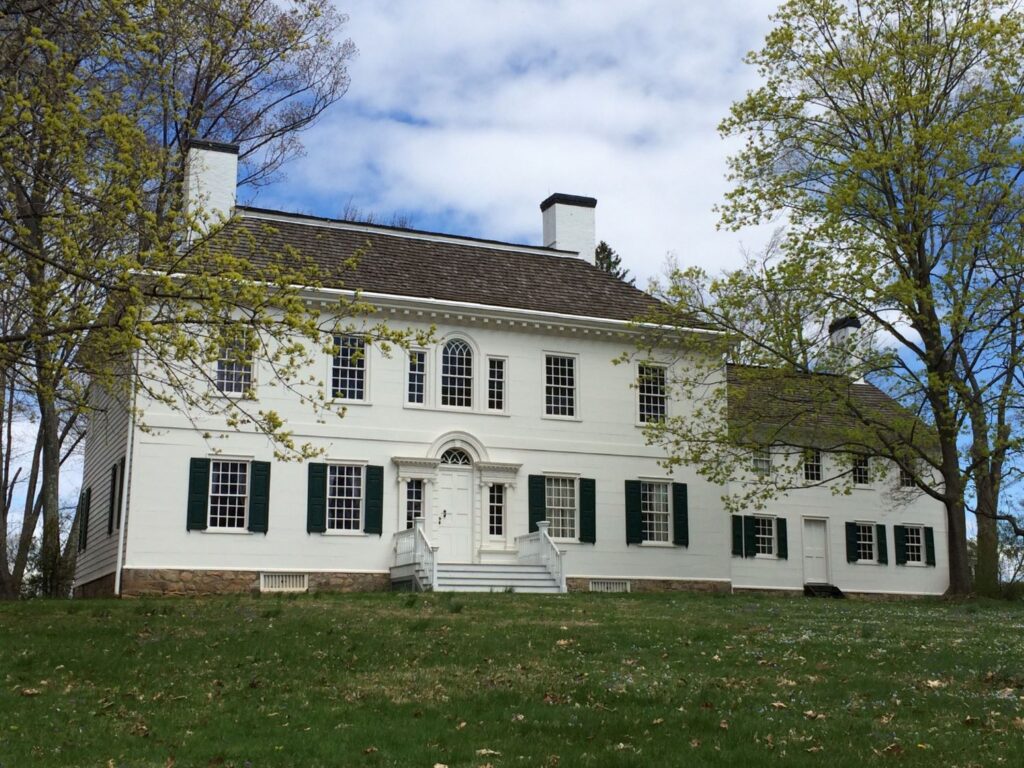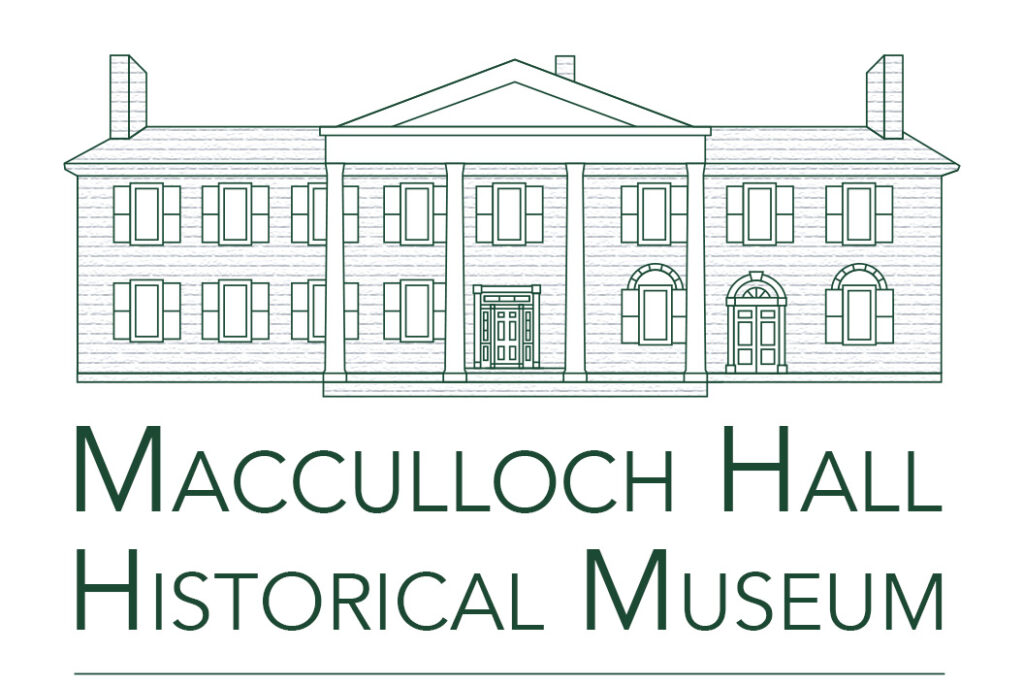Ayres/Knuth Farm Foundation, Inc.
history historic site
For over 25 years the non profit has restored and preserved the historic farm complex, located off Rt. 10 west and Cooper Road, while providing programing and events. The entire Ayres/Knuth Farm is on the State of New Jersey and National Historic Registers for its its 10 original structures in the compete farmstead. The Purpose of the Ayres/Knuth Farm Foundation, Inc. is to engage in activities which focus on the protection and enhancement of the historical, agricultural, and environmental aspects of the Township of Denville Ayres/Knuth Farm. To support these endeavors the Foundation will raise and direct funds and organize volunteer efforts towards the preservation of the historical and environmental components of the multi-use open space facility .Ayres/Knuth Farm is at 25 Cooper Road. The Mailing address is P.O. Box 304, Denville, New Jersey. We are on Journey New New Jersey. Many videos are listed on YouTube and are not our account.
The Farm has two men's regulation soccer fields and practice field maintained by the municipality and a professional farmer actively farming which supporting the historic designation . There are woods and wetlands along with archeological area of Native Americans and Industrial ruins including the Billie Ayres Distillery.

